
Experience
Contents
- Yudokoro / Bath
- Description & Gallery,Large Common Bath, Hinoki Cypress Bath…More Details
- Sauna
- Description & Gallery …More Details
- Restaurant
- Description & Gallery, Local Fresh Seafood…More Details
- Get some rest
- Manyo Club offers the best solution to release your daily stress: delicious cuisine to…More Details
- Spa and Wellness
- Korean-style Body Exfoliation Salon
Foot Massage Salon
Body Massage Salon
Korean-style Esthetic Salon…More Details
Manyo-no-Yu, Asahikawa, is located in the city of Asahikawa; the second largest in Hokkaido after Sapporo. Asahikawa is famous for many things including its natural assets; the mountainous landscape of the Daisetsuzan National Park and the Ishikari River. This combination makes for a refined, mineral-rich water supply; essential for a rich Onsen and culinary heritage. Asahikawa developed as the industrial center of Hokkaido and since then has been crucial in sustaining various industries and commercial distributions. The city prides itself on its bountiful water and spectacular greenery.
Manyo-no-Yu, Asahikawa, is the place to be for the ultimate relaxation. Immerse yourself in the healing Waters of the Hutamata Radium Onsen and feel the stress melt away. This is a prime location where you can enjoy one and only Hokkaido delicacies in just a 10-minute drive from Asahikawa Station.
Yudokoro / Bath
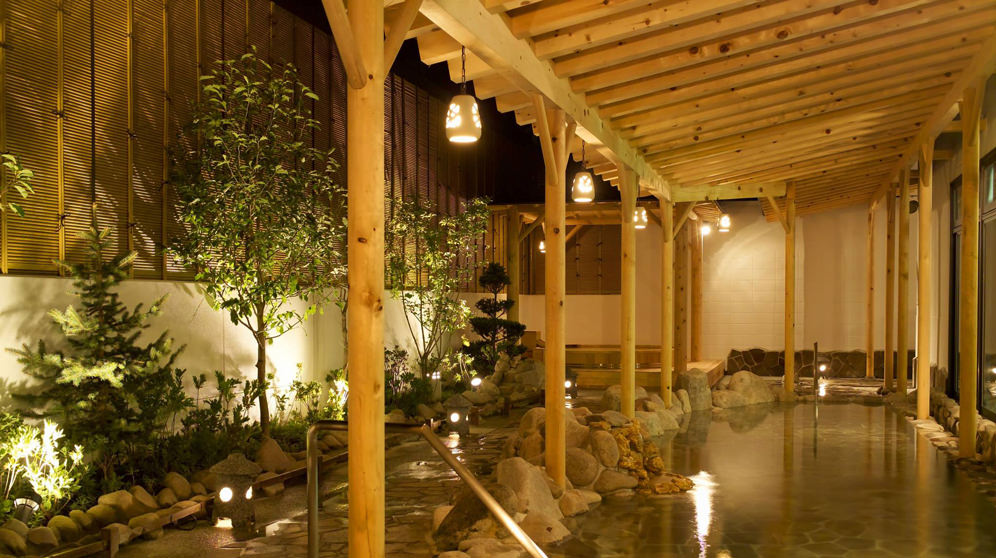 Open-Air Bath
Open-Air Bath
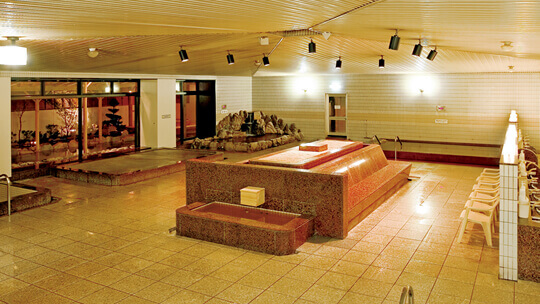 Large Common Bath
Large Common Bath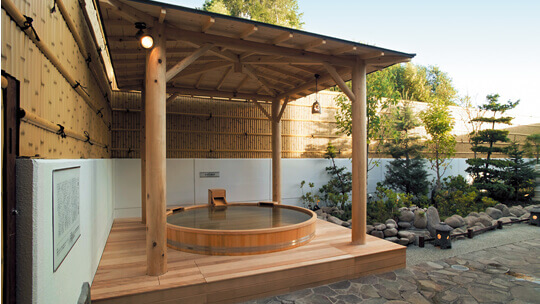
Hinoki Cypress Bath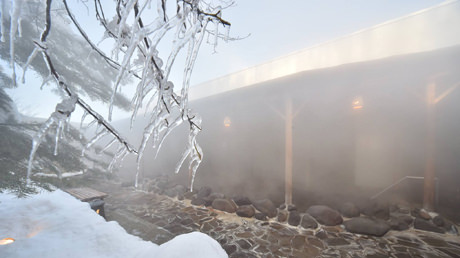
Open-Air Bath
Traditional Japanese Bathing Protocol
- Perform Kakeyu BEFORE entering the bath.
Kakeyu is the customary practice of splashing hot water onto the lower part of the body prior to entering the bath. This helps to acclimate your body to the bath temperature. First rinse the entire body thoroughly with very warm water. Then, using the provided pail, scoop some water from the small Kakeyu basin and splash it over your lower body. - Carefully make your way to the bath.
Slowly submerge your body in stages, all the way up to the chest area. Soak until your skin is softened and your body is warmed through. This may take anywhere from a minute to a few minutes. - Slowly emerge from the bath, towel off excess water and carefully make your way back the washing station.
Now is the time for scrubbing. Take a seat on a stool or use the Western-style shower stall. Use the washcloth and soap to cleanse and exfoliate your skin. A twisted, wrung out washcloth makes a great scrubber. You may scrub your back by holding the long washcloth at either end and using a sawing motion over your backside. Wash your hair if necessary. Thoroughly rinse yourself, being sure to remove every trace of soap and dead skin cells. Thoroughly rinse the washcloth, using the pail as a washbasin, changing the water several times. Re-secure the hair if necessary. Now you are ready for a more prolonged soak in the bath. - Take care not to overheat in the bath. A short soak, followed by a cooling off period, is customary.
Stay within your comfort range. If you find the water too hot, seek a cooler area further away from the hot water inlet. At the end of the bathing session, a quick cool shower can lower body temperature and close the pores. Be sure to drink plenty of fluids and rehydrate.
Bathing Etiquette
- Please remove All clothing and leave personal items, except for those items specified below, in your locker.
Cell phones, cameras, food, and beverages are NOT PERMITTED in the bathing area.ALLOWED items include: a Japanese-style washcloth and the locker-key bracelet. Soap, shampoo and conditioner are provided, but you may bring your own if you prefer.
Please wear your locker-key bracelet around your wrist or ankle at all times. - The Japanese-style washcloth is quite long and may be held over the front of the body for modesty while walking to and from the bath.
- Please help maintain a quite environment by keeping your voice lowered.
- Perform Kakeyu BEFORE entering the bath.
Kakeyu is the customary practice of splashing hot water onto the lower part of the body prior to entering the bath. This helps to acclimate your body to the onsen water temperature. Using the provided pail, scoop some water from the small Kakeyu basin and splash it over your lower body. - Washing stations may not be reserved.
However, if the washing station area is fairly empty, you may leave your things there for later use. - Please use the hand-held shower head carefully so as not to spray water on other people.
- Please secure longer hair with hair ties, a shower cap, or bundle in a towel.
- Swimming in the bath is prohibited.
- Keep a watchful eye on your minor children at ALL times.
- Please keep the washcloth away from the bath water. Never rinse or wring your washcloth out in the bath.
Keep your towel folded on the hedge or a rock, or put it on your head while bathing. Never clean your body in the Bath. - Please always make room for other guests to enter the bath.
How to Wear Yukata
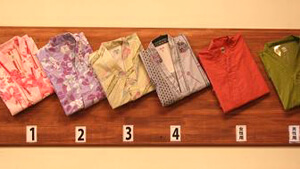
Enjoy “Yukata” during your stay.
- Wear your favorite yukata loosely over your shoulders with the undergarment. Hold the yukata open and fit the center back-seam of the yukata to align with your spine. Raise the yukata to make the hemline come to the height of your ankles.
- Bring the right-hand side in around to your left hip, then left side over the right. Make sure again the bottom of the yukata comes down to your ankles and is an even length on both sides. Keep the collar loose around your neck. If you are able to insert 2 fingers between the back of your neck and the garment, you have a good fit.
- Holding the yukata closed, wrap the sash (obi) around yourself two to three times. Leave enough length to tie a bow.
- For men, tie the sash around your waist and ensure that the knot comes to the right side.
- For women, tie the sash around your waist. Ensure that the line of the knot comes to the line of left overlap. Do not bring the knot directly in front or back.
Dry Sauna and Mist Sauna
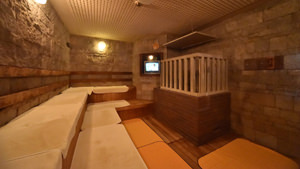
DRY SAUNA
Restaurant
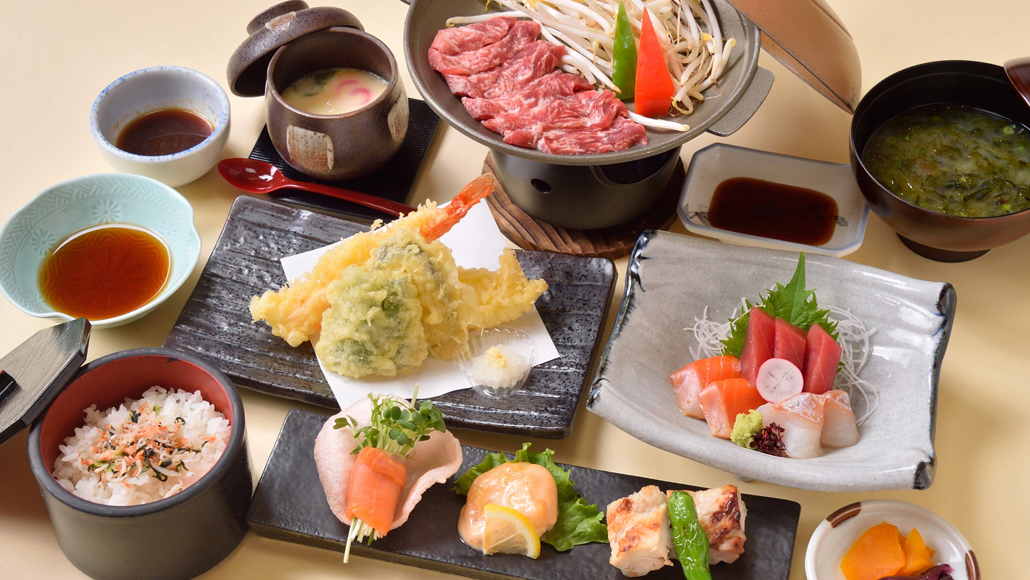
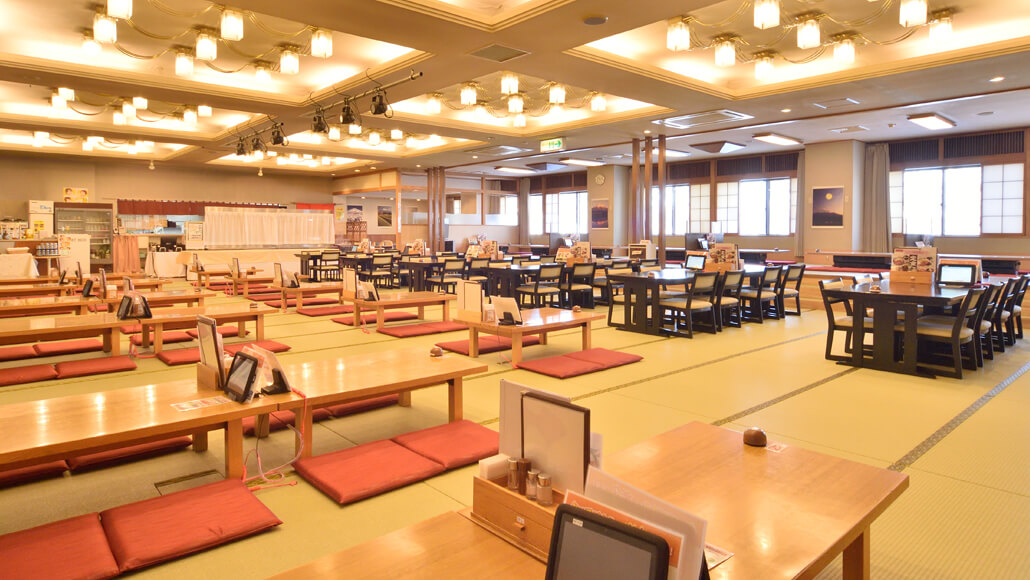
Restaurant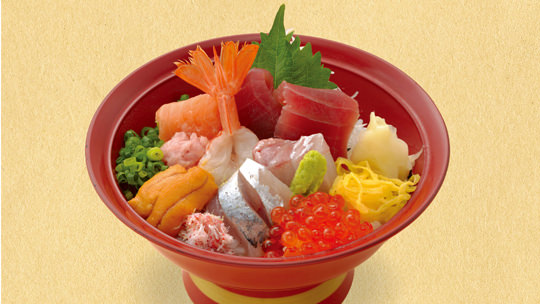 Local Fresh Seafood
Local Fresh Seafood
Get some rest
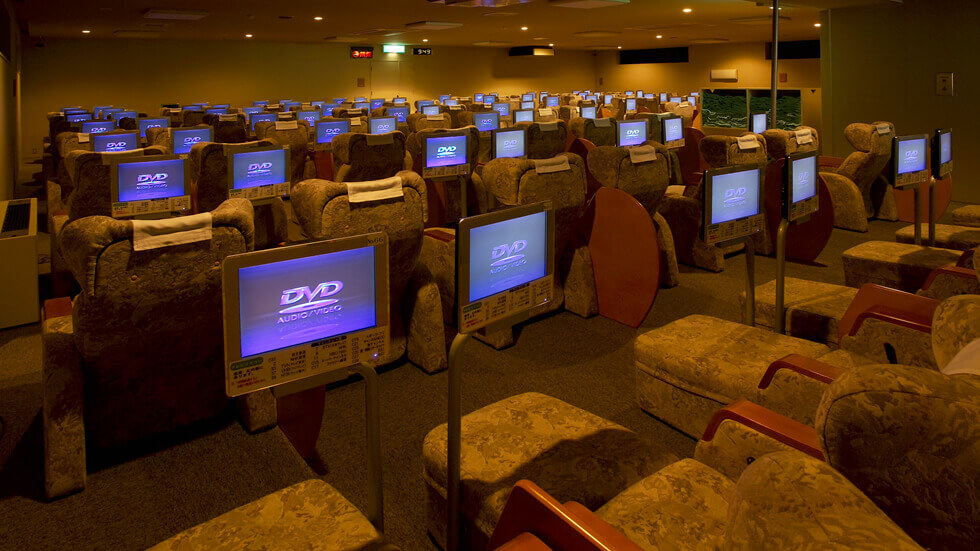
Spa and Wellness
For further details, please contact 0166-62-8910.
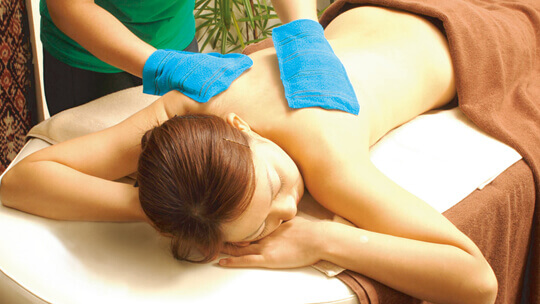
Body Exfoliation Salon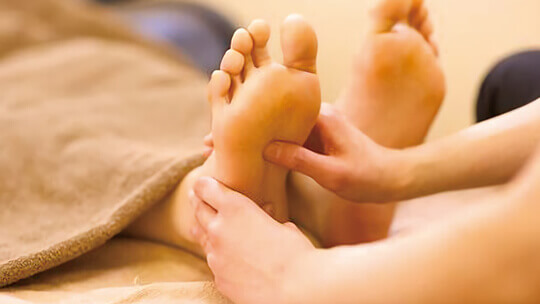
Foot Massage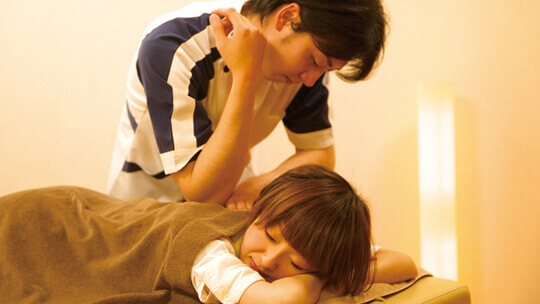
Body Care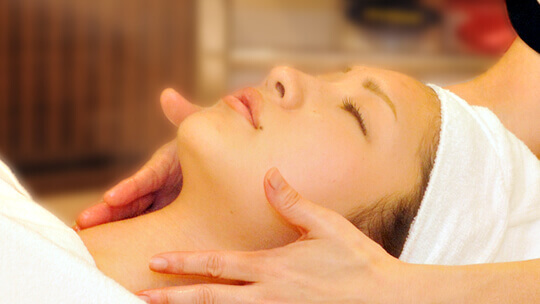
Korean Body Care
